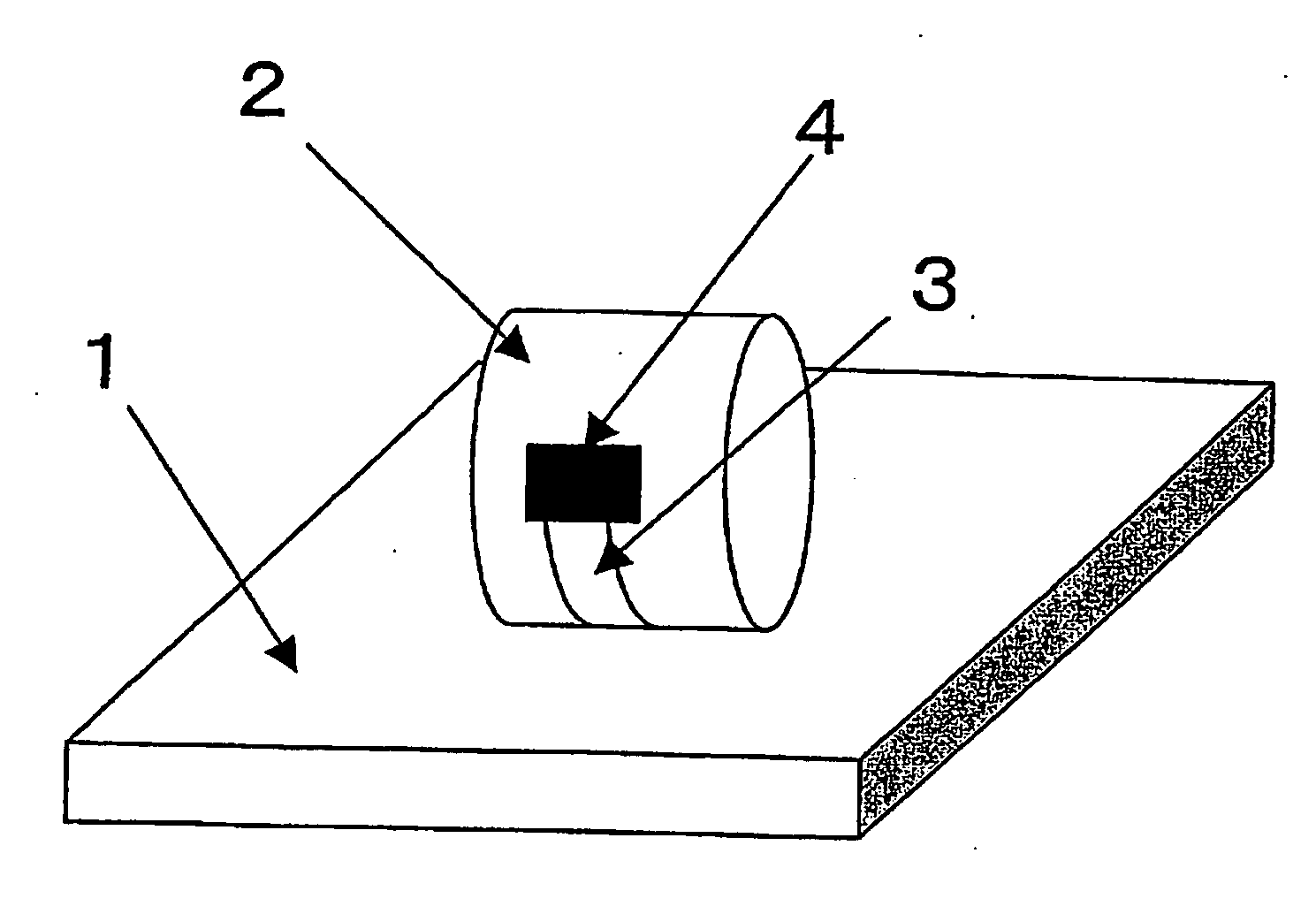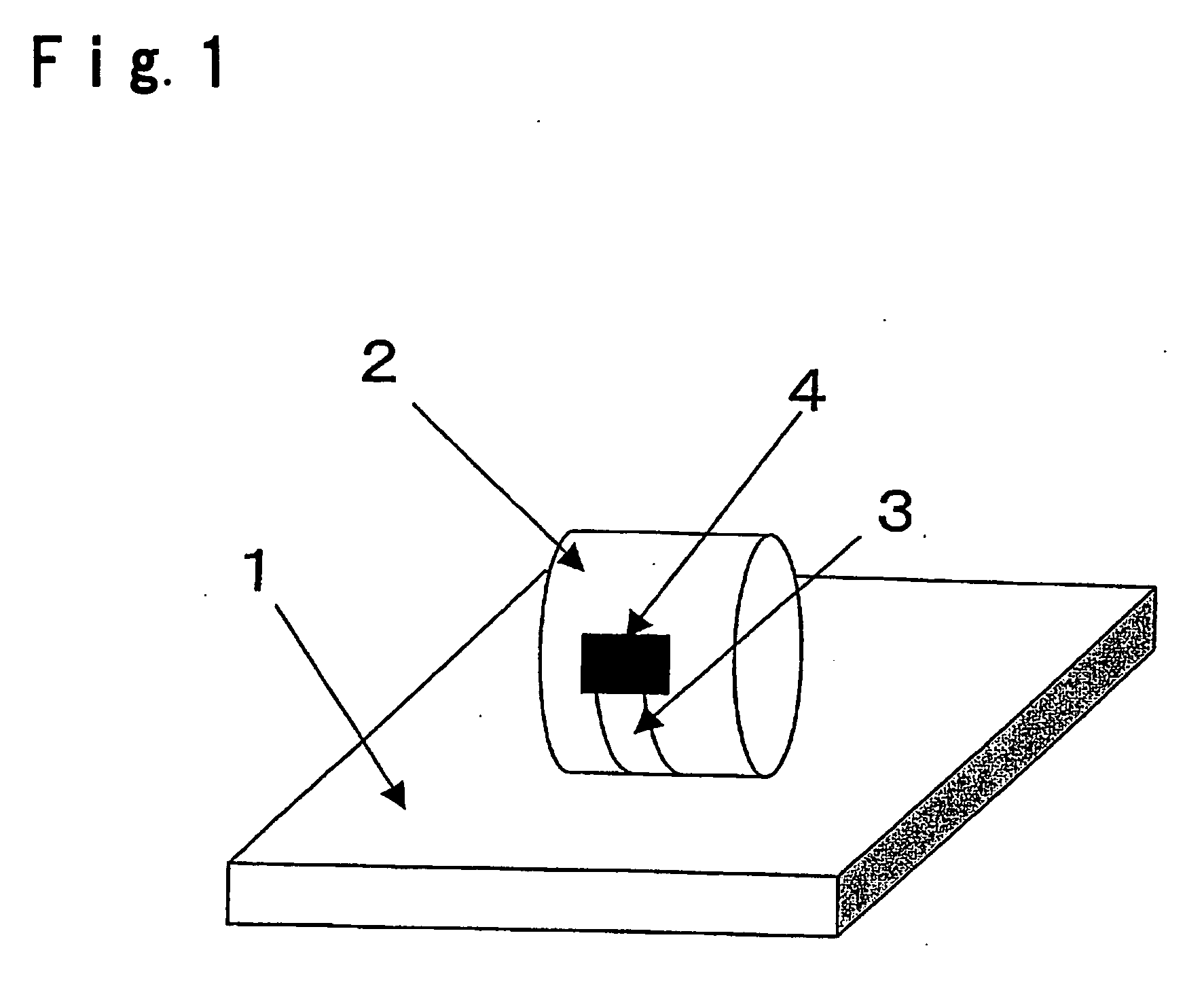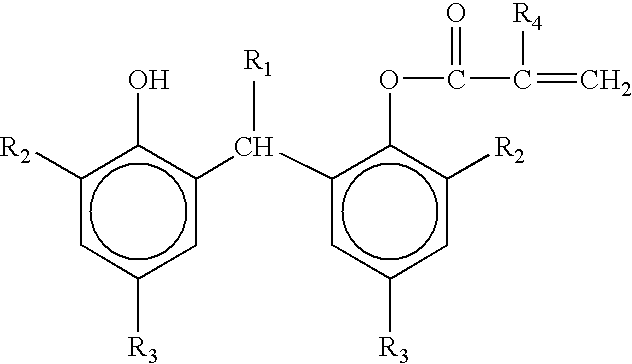Heat-shrinkable film
a shrinkable film and heat shrinking technology, applied in the direction of packaging, fastening means, synthetic resin layered products, etc., can solve the problems of low heat shrinkage ratio, insufficient balance of high shrinkability at heat shrinkage, and significant spontaneous shrinkage, etc., to achieve excellent heat resistance balance, high shrinkability, and high shrinkability
- Summary
- Abstract
- Description
- Claims
- Application Information
AI Technical Summary
Benefits of technology
Problems solved by technology
Method used
Image
Examples
reference example 1
[0144] (1) 511 kg of cyclohexane as a polymerization solvent and 1.9 kg of a styrene monomer were charged in a reactor and kept at 30° C. In the following Examples and Comparative Examples, cyclohexane was employed as the polymerization solvent.
[0145] (2) 960 ml of a 10 mass % cyclohexane solution of n-butylithium as a polymerization catalyst solution was added thereto, and anionic polymerization was carried out. In the following Examples and Comparative Examples, a 10 mass % cyclohexane solution of n-butylithium was employed as the polymerization catalyst solution.
[0146] (3) After the rate of polymerization of the styrene monomer exceeded 99%, while keeping the temperature in the reaction system at 80° C., a styrene monomer in a total amount of 162.2 kg and butadiene in a total amount of 23.1 kg were simultaneously added at constant addition rates of 81.5 kg / h and 11.6 kg / h, respectively, and the state was kept as it was for 5 minutes after completion of the addition.
[0147] (4) ...
reference example 2
[0149] (1) 490 kg of a polymerization solvent and 8.4 kg of a styrene monomer were charged in a reactor and kept at 30° C.
[0150] (2) 2,390 ml of a 10 mass % cyclohexane solution of n-butylithium as a polymerization catalyst solution was added thereto, and the styrene monomer was subjected to anionic polymerization.
[0151] (3) After the rate of polymerization of the styrene monomer exceeded 99%, while keeping the temperature in the reaction system at 80° C., a styrene monomer in a total amount of 119.7 kg and butadiene in a total amount of 9.9 kg were simultaneously added at constant addition rates of 119.7 kg / h and 9.9 kg / h, respectively, and the state was kept as it was for 5 minutes after completion of the addition.
[0152] (4) While keeping the temperature in the reaction system at 80° C., 63.6 kg of butadiene was added all at once and subsequently it was reacted.
[0153] (5) 8.4 kg of a styrene monomer was further added all at once to complete the polymerization.
[0154] (6) Final...
reference example 3
[0155] (1) 490 kg of a polymerization solvent and 8.4 kg of a styrene monomer were charged in a reactor and kept at 30° C.
[0156] (2) 2,940 ml of a 10 mass % cyclohexane solution of n-butylithium as a polymerization catalyst solution was added thereto, and the styrene monomer was subjected to anionic polymerization.
[0157] (3) After the rate of polymerization of the styrene monomer exceeded 99%, while keeping the temperature in the reaction system at 80° C., a styrene monomer in a total amount of 122.0 kg and butadiene in a total amount of 7.6 kg were simultaneously added at constant addition rates of 122.0 kg / h and 7.6 kg / h, respectively, and the state was kept as it was for 5 minutes after completion of the addition.
[0158] (4) While keeping the temperature in the reaction system at 80° C., 63.6 kg of butadiene was added all at once and subsequently it was reacted.
[0159] (5) 8.4 kg of a styrene monomer was further added all at once to complete the polymerization.
[0160] (6) Final...
PUM
| Property | Measurement | Unit |
|---|---|---|
| heat shrinkage ratio | aaaaa | aaaaa |
| temperature | aaaaa | aaaaa |
| temperature | aaaaa | aaaaa |
Abstract
Description
Claims
Application Information
 Login to View More
Login to View More - R&D
- Intellectual Property
- Life Sciences
- Materials
- Tech Scout
- Unparalleled Data Quality
- Higher Quality Content
- 60% Fewer Hallucinations
Browse by: Latest US Patents, China's latest patents, Technical Efficacy Thesaurus, Application Domain, Technology Topic, Popular Technical Reports.
© 2025 PatSnap. All rights reserved.Legal|Privacy policy|Modern Slavery Act Transparency Statement|Sitemap|About US| Contact US: help@patsnap.com



